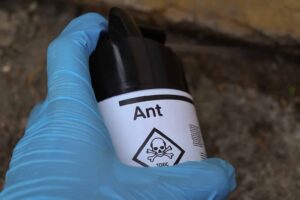Ants are often seen as helpful little creatures in your yard. They improve the soil’s health by aerating it through their tunnels, making it easier for water and nutrients to reach plant roots. Additionally, ants help break down organic matter, promoting a fertile environment for your lawn. They even play a role in pest control by feeding on harmful insects. Overall, ants generally contribute to the well-being of your lawn.
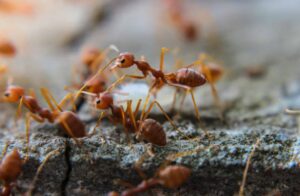
However, if an ant hill forms in a problematic location or if you have an infestation of aggressive ant species like the red imported fire ant or harvester ants, you may need to take action.
When Ants Become a Problem
Though ants are beneficial in moderation, a large infestation or the presence of particularly aggressive species can be problematic. If ants start to pose a risk to your yard’s health, or if you have issues with their nests being in inconvenient spots, it’s time to consider some effective ways to manage them. The good news is that many of these solutions are simple and can be made with ingredients you probably already have at home.
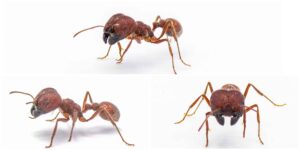
Here are 11 methods to help you get rid of ants in your yard:
-
Citrus Peels
Citrus fruits like oranges, lemons, and grapefruits contain compounds that ants dislike. The peels, rich in limonene, are a great natural deterrent. Simply place fresh peels near ant trails or entry points. As the scent fades, replace them with new peels for continued effectiveness.

-
Cinnamon
Cinnamon, both as powder and in essential oil form, can be used to repel ants. Sprinkle ground cinnamon along their trails or use cinnamon oil mixed with water to create a spray. The strong scent disrupts ants’ communication and navigation, helping keep them away.
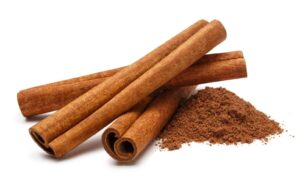
-
Peppermint
Ants are sensitive to the strong smell of peppermint. Mixing a few drops of peppermint essential oil with water in a spray bottle or soaking cotton balls in the oil can effectively disrupt their trails. Refresh the cotton balls when the scent fades for continuous results.
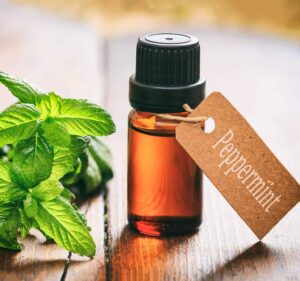
-
Chili Powder
Ants are repelled by the pungent aroma of chili powder. The capsaicin in the powder irritates them and interferes with their ability to follow trails. Sprinkle chili powder on trails and around entry points for a natural deterrent.

-
White Vinegar
Vinegar, when mixed with water, can be sprayed directly on ant trails. The strong smell of vinegar interferes with ants’ pheromone trails, making it difficult for them to navigate. While this method may not kill them, it can help reduce their activity.

-
Boric Acid and Sugar
A mixture of boric acid and sugar creates a potent homemade bait. The sugar attracts ants, while the boric acid is toxic to them. Place the bait near trails and entry points. Be sure to keep it away from pets and children, as boric acid can be toxic in large quantities.
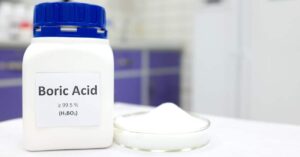
-
Boiling Water
Pouring boiling water directly into an ant nest is an effective and immediate way to destroy the colony. Be cautious when using this method to avoid burns. A single application may not always be enough, so you may need to repeat it for larger colonies.
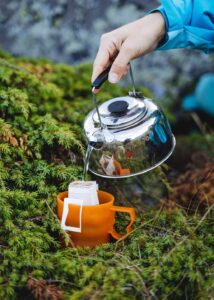
-
Soapy Water
Mixing dish soap with water and pouring it over ant trails or nests can help control ants by suffocating them. The soap breaks down their exoskeleton, which can kill or incapacitate the ants. It’s a simple, non-toxic solution for smaller infestations.
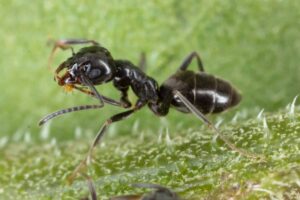
-
Soapy-Oily Water
A mixture of dish soap and vegetable oil can effectively suffocate ants. The soap disrupts their exoskeleton while the oil helps to seal their breathing pores. Pour the solution directly onto ant nests or trails for best results.
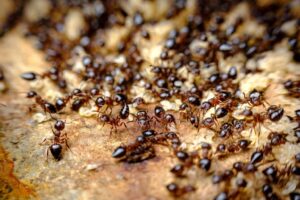
-
Diatomaceous Earth
Diatomaceous earth is a natural substance made from fossilized algae. When ants come into contact with it, the fine powder damages their exoskeletons, causing dehydration and death. Sprinkle food-grade diatomaceous earth in areas with high ant activity, and reapply it after rain.
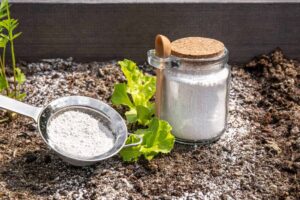
-
Pesticides (Last Resort)
If all else fails, pesticides may be necessary, but they should be used as a last resort. Choose low-toxicity options and follow all safety guidelines. Focus the application on areas where ants are active, and avoid using pesticides in areas where beneficial insects or pets may be harmed.
By using one or a combination of these methods, you can effectively manage ant populations in your yard and keep them from becoming a nuisance. Always consider using natural solutions first, and reserve chemicals for the most persistent infestations.
